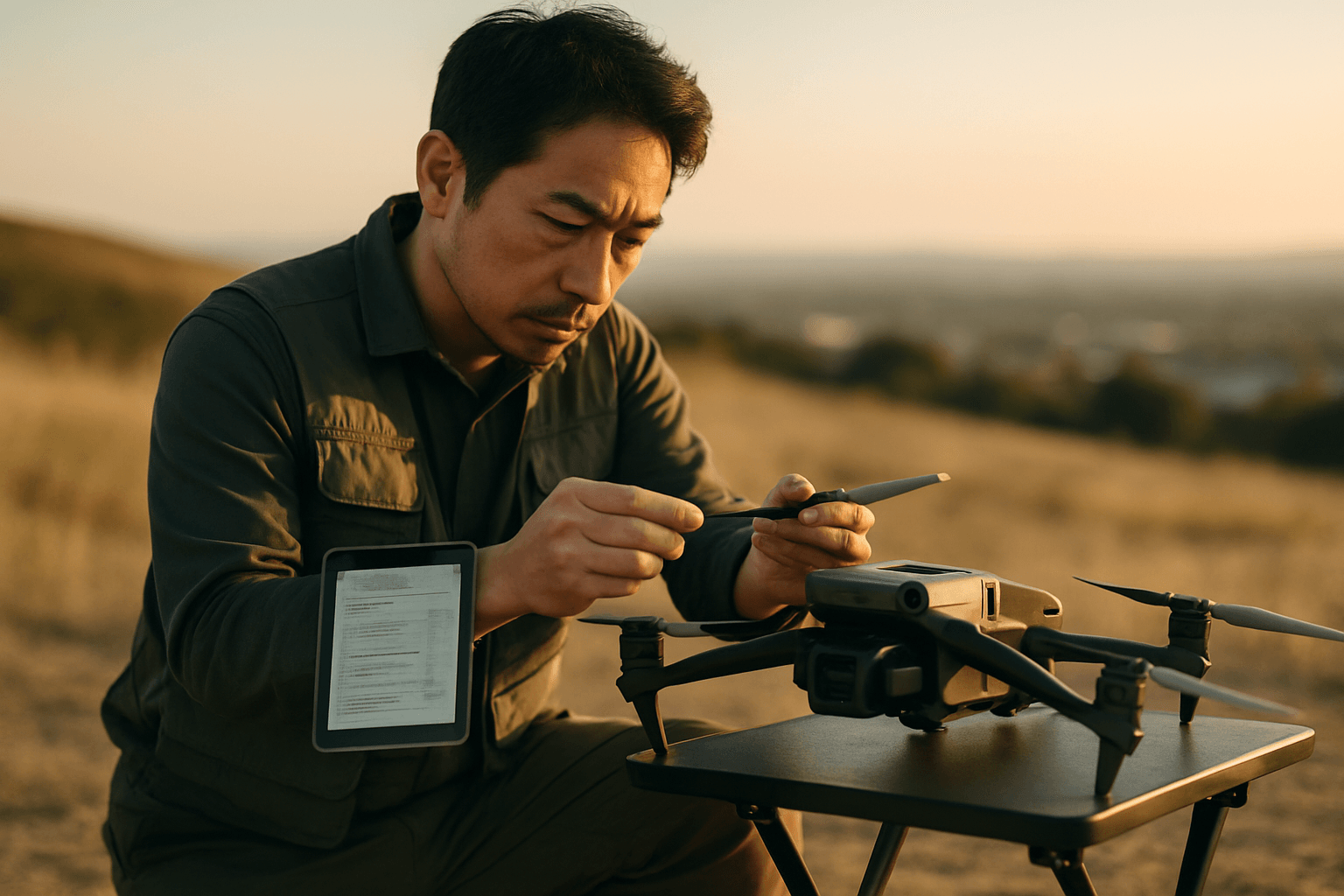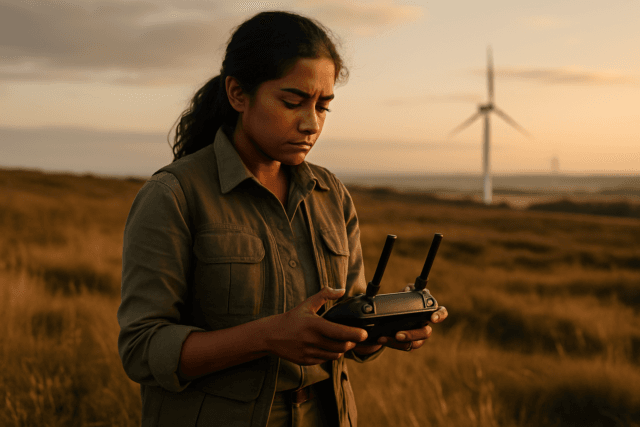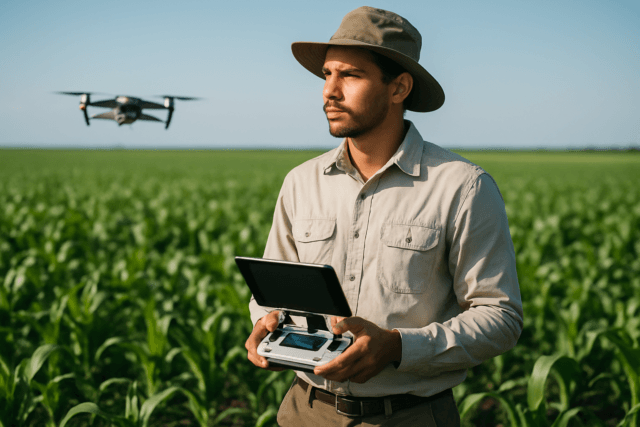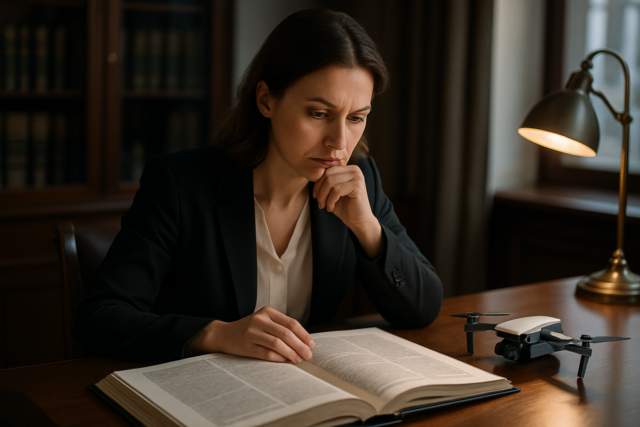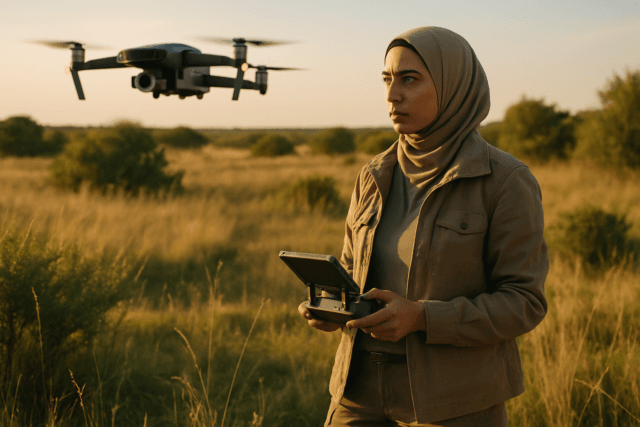For aerial photographers, the drone is more than just a tool; it’s a gateway to breathtaking perspectives. However, the thrill of capturing stunning shots from above comes with the inherent risk of drone crashes, which can be costly in terms of equipment, time, and even legal repercussions. Preventing these mishaps is paramount for both professional and recreational pilots. By adopting rigorous safety practices, aerial photographers can significantly reduce risks and ensure every flight is a success.
Comprehensive Pre-Flight Checks: Your First Line of Defense
A thorough pre-flight inspection is the most critical step in drone crash prevention. It’s akin to a pilot’s checklist before takeoff, ensuring all systems are go.
Visual and Physical Inspection
Before every flight, visually inspect your drone for any signs of damage. Check for cracks, loose parts, or worn propellers, as these can lead to instability during flight. Ensure propellers rotate freely and are securely attached. Pay close attention to the landing gear for security. Don’t forget to inspect the camera lens and gimbal for smudges or damage, and always remove the gimbal cover before flight.
Battery Management and Power Systems
Drone batteries are vital and can be dangerous if mishandled. Proper battery care is crucial for longevity and preventing unexpected power loss during flight.
- Charge Properly: Always use manufacturer-recommended chargers and avoid overcharging. Overcharging can cause overheating and degradation. Allow batteries to cool down after a flight before recharging.
- Optimal Storage: Store batteries in a cool, dry place at a partial charge (around 50-60%) for extended periods. Avoid extreme temperatures.
- Pre-Flight Battery Check: Ensure all batteries (drone, controller, tablet) are fully charged before takeoff. Inspect for physical damage or swelling; swollen or damaged batteries should be replaced immediately. Monitor battery health using drone software to track cycles, temperature, and voltage.
Software and Calibration
Out-of-date software or uncalibrated sensors can lead to erratic flight behavior.
- Firmware Updates: Regularly check for and install the latest firmware and app updates from the manufacturer. These updates improve performance, add features, and fix bugs.
- Sensor Calibration: Calibrate your drone’s GPS, compass, IMU (Inertial Measurement Unit), and gimbal regularly, especially after firmware updates or significant location changes. Proper calibration ensures stable flight and reduces accident risks.
Intelligent Flight Planning and Environmental Awareness
Successful aerial photography hinges on meticulous planning that considers the flight environment and potential hazards.
Weather Conditions and Wind Limits
Weather is one of the most significant factors affecting drone flight safety and image quality.
- Check Forecasts: Always check the UAV forecast before flying, noting wind speed, rain chances, cloud cover, visibility, and temperature. Apps like UAV Forecast can provide detailed breakdowns.
- Wind Considerations: Strong or gusty winds can reduce stability, drain batteries faster, and lead to loss of control. Know your drone’s wind resistance limits (typically 10-20 mph for most consumer drones). If winds exceed these limits, postpone your flight. Fly lower, as wind is stronger at higher altitudes.
- Precipitation and Temperature: Most consumer drones are not waterproof; flying in rain, snow, or even heavy fog can damage electronics and obscure camera lenses. Extreme cold can reduce battery efficiency, while extreme heat risks overheating components. Pre-warm batteries in cold weather and avoid direct sunlight in hot conditions.
Airspace and Site Assessment
Understanding where you can and cannot fly is a non-negotiable aspect of drone safety and legal compliance.
- Regulatory Compliance: Familiarize yourself with national and local drone laws, such as FAA regulations in the United States. For commercial operations, obtaining a Remote Pilot Certificate (Part 107) and registering your drone are mandatory.
- No-Fly Zones: Avoid restricted areas like airports (often a 5-mile radius without authorization), military bases, national parks, and crowded events. Use FAA-approved apps like B4UFLY to identify restricted airspace.
- Obstacle Identification: Scout your location in advance, either physically or using satellite maps (e.g., Google Earth). Identify potential obstacles such as power lines, trees, buildings, and terrain variations. Plan flight paths to avoid these hazards.
Safe Flight Practices and Pilot Proficiency
Beyond preparation, how you operate the drone during flight directly impacts crash prevention.
Maintaining Visual Line of Sight (VLOS)
It is a regulatory requirement and a critical safety measure to keep your drone within your visual line of sight at all times. This allows you to react immediately to unexpected events or obstacles that might not be visible on your screen.
Controlled Flight and Collision Avoidance
- Smooth Movements: Avoid aggressive maneuvers, especially in challenging environments. Fly at low speeds in complex areas to allow for timely reactions.
- Altitude Management: Maintain a safe altitude, generally below 400 feet above ground level, and ensure you clear obstacles like trees by a safe margin. If you’re near trees, the safest immediate action is often to ascend.
- Obstacle Avoidance Systems: While modern drones have advanced obstacle avoidance sensors, do not rely solely on them. Active scanning of your environment remains crucial.
- Return-to-Home (RTH): Set an appropriate RTH altitude to clear any tall obstacles in case of signal loss or low battery. Familiarize yourself with the RTH function and other emergency procedures.
Post-Flight Review and Maintenance
The work isn’t over when the drone lands. Post-flight procedures are essential for long-term drone health and accident prevention.
- Inspect for Damage: After each flight, inspect your drone for any new damage or debris.
- Cleanliness: Regularly clean the drone, especially propellers, camera lens, and sensors, using a soft cloth and compressed air. Avoid water or harsh chemicals.
- Flight Log: Maintain a logbook of flight hours and maintenance activities to track your drone’s condition and anticipate future needs.
By meticulously adhering to these best practices for drone crash prevention, aerial photographers can protect their valuable equipment, comply with regulations, and consistently capture stunning, high-quality images safely and responsibly.

